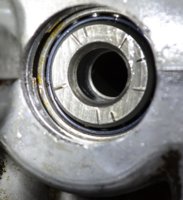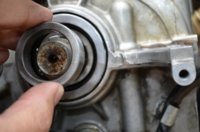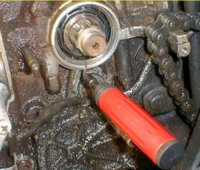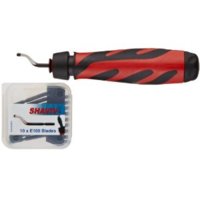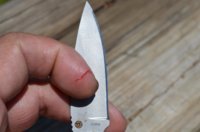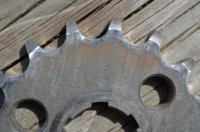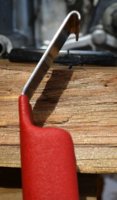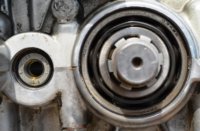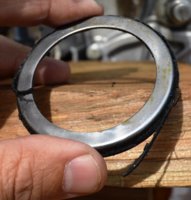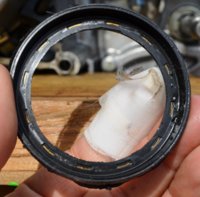YL82
Perpetual Restorationist
Today, I decided to tackle clutch pushrod bushing replacement and countershaft/output shaft seal replacement instead of mowing my lawn.
Removal of the stock bushing went well following instructions on mikesxs website. See images 1 and 2.
I've removed the output shaft seal (or I'm wondering whether I removed ALL of it). Sure wasn't pretty. I've got a pile of rubber to prove it.
I have removed the distance collar. Refer to 3rd image. In the 4th image, I put a red circle showing the collar prior to removal.
As far as the part I've put a green circle around, is this the bearing or simply the backside of the seal that I can pull out???
If its part of the trashed seal, I did a hell of a job cleaning all of that rubber off the face of it...
I've ordered a new seal, but haven't received it, so I don't have a good idea what ithe new seal looks like on the bearing side.
I've attached a pic (last image) from 650motorcycles.com that looks a bit different (much more open) where the deburring/chamfering tool is being used.
Thanks.
Removal of the stock bushing went well following instructions on mikesxs website. See images 1 and 2.
I've removed the output shaft seal (or I'm wondering whether I removed ALL of it). Sure wasn't pretty. I've got a pile of rubber to prove it.
I have removed the distance collar. Refer to 3rd image. In the 4th image, I put a red circle showing the collar prior to removal.
As far as the part I've put a green circle around, is this the bearing or simply the backside of the seal that I can pull out???
If its part of the trashed seal, I did a hell of a job cleaning all of that rubber off the face of it...
I've ordered a new seal, but haven't received it, so I don't have a good idea what ithe new seal looks like on the bearing side.
I've attached a pic (last image) from 650motorcycles.com that looks a bit different (much more open) where the deburring/chamfering tool is being used.
Thanks.

